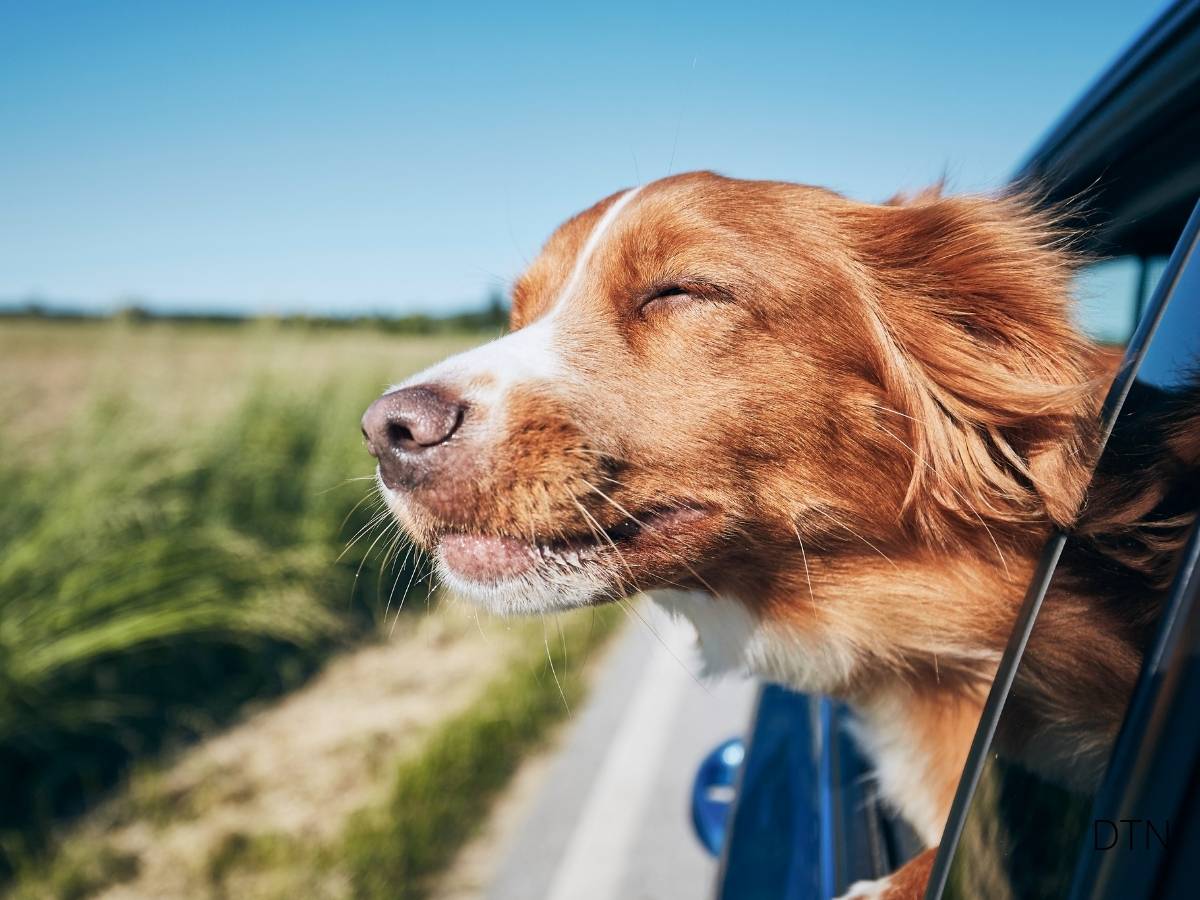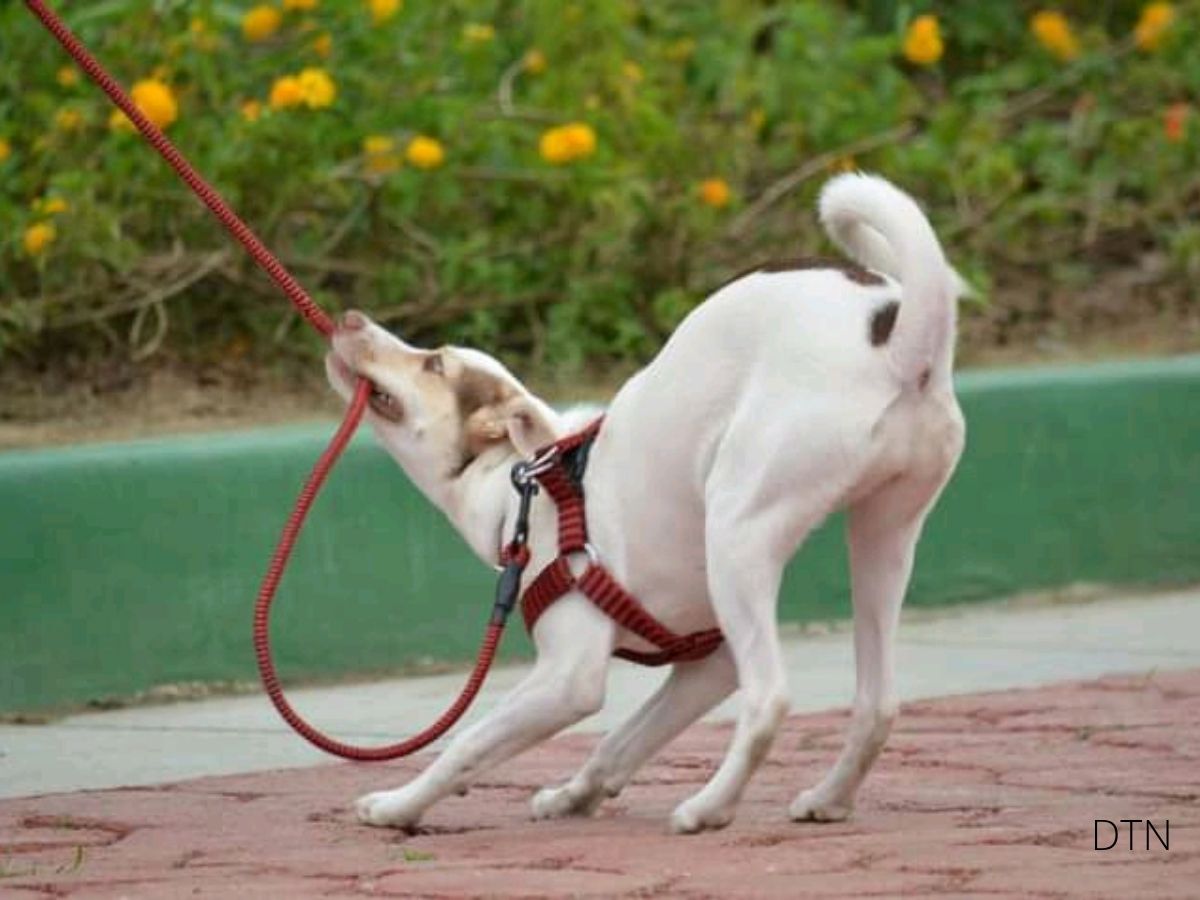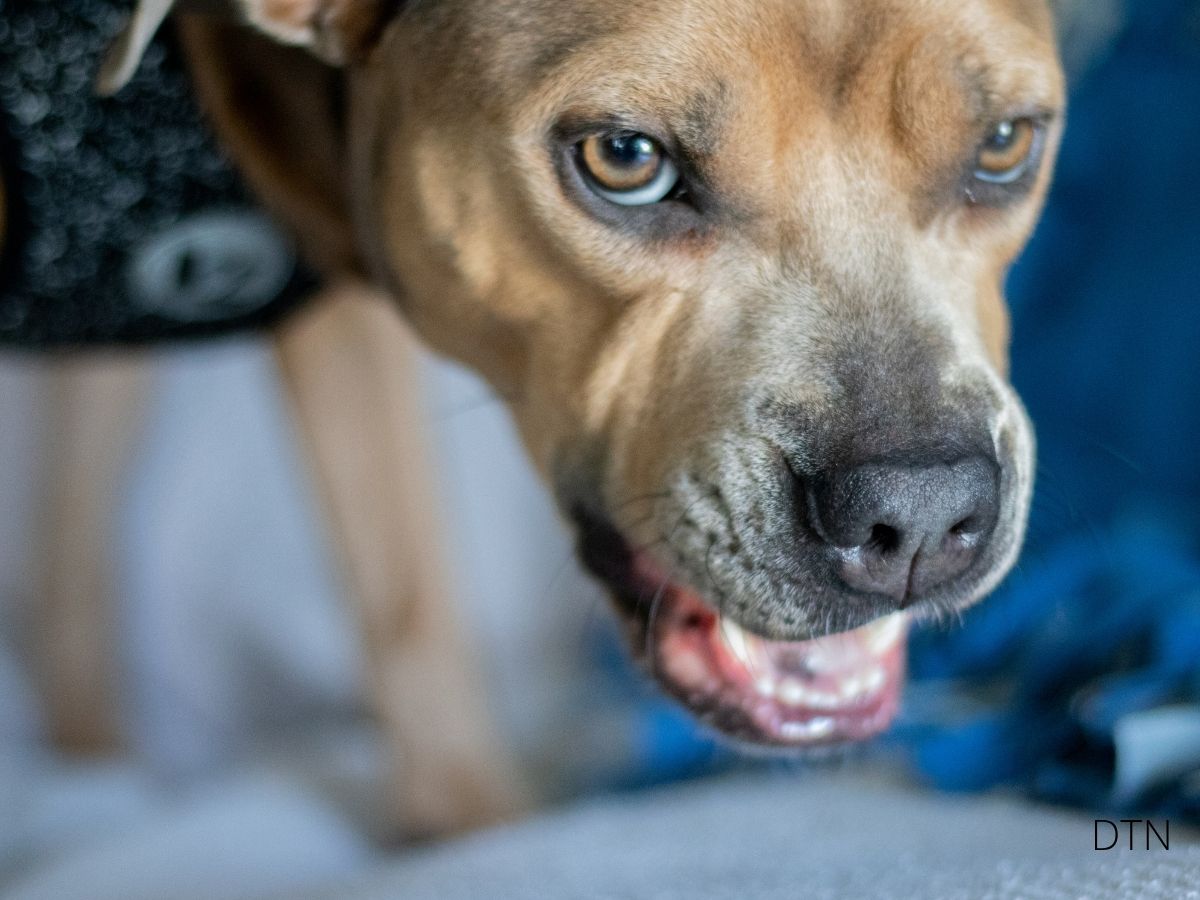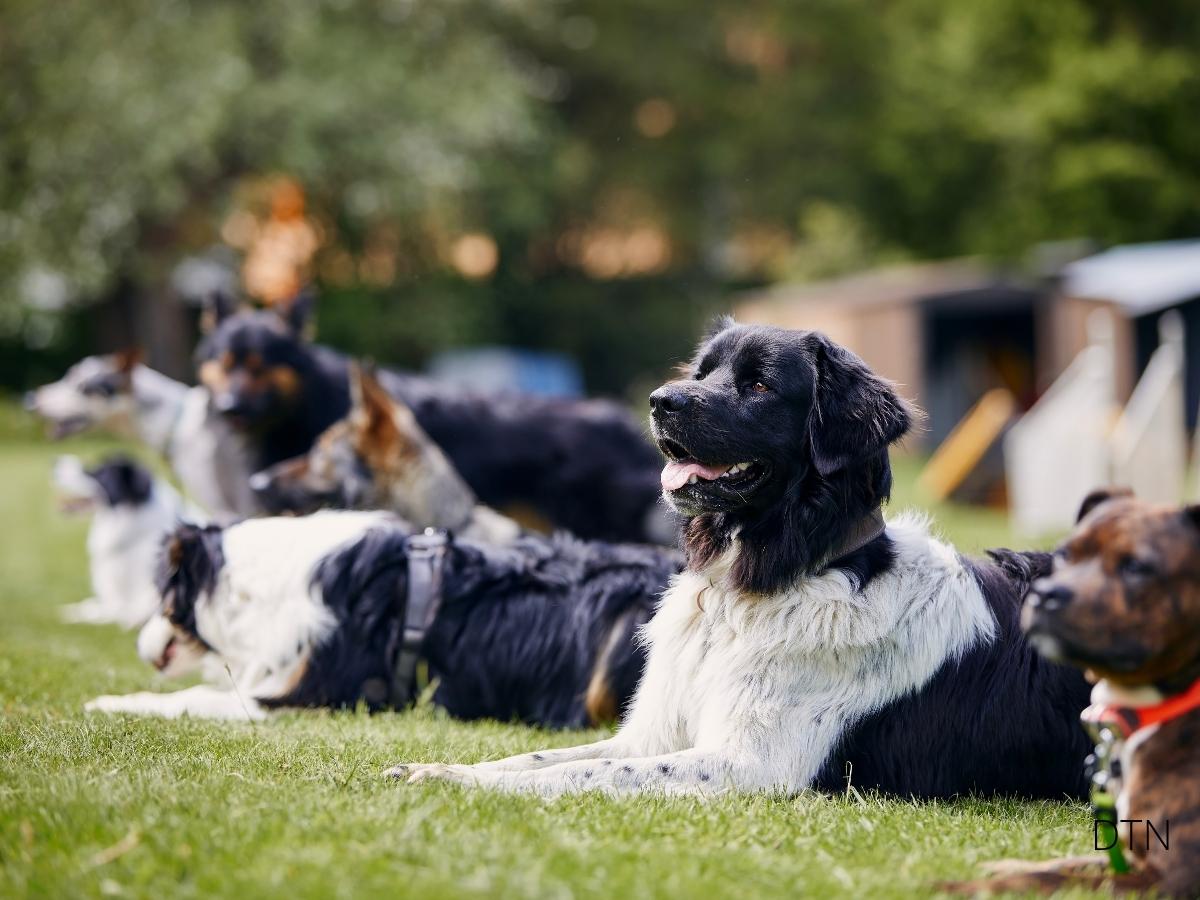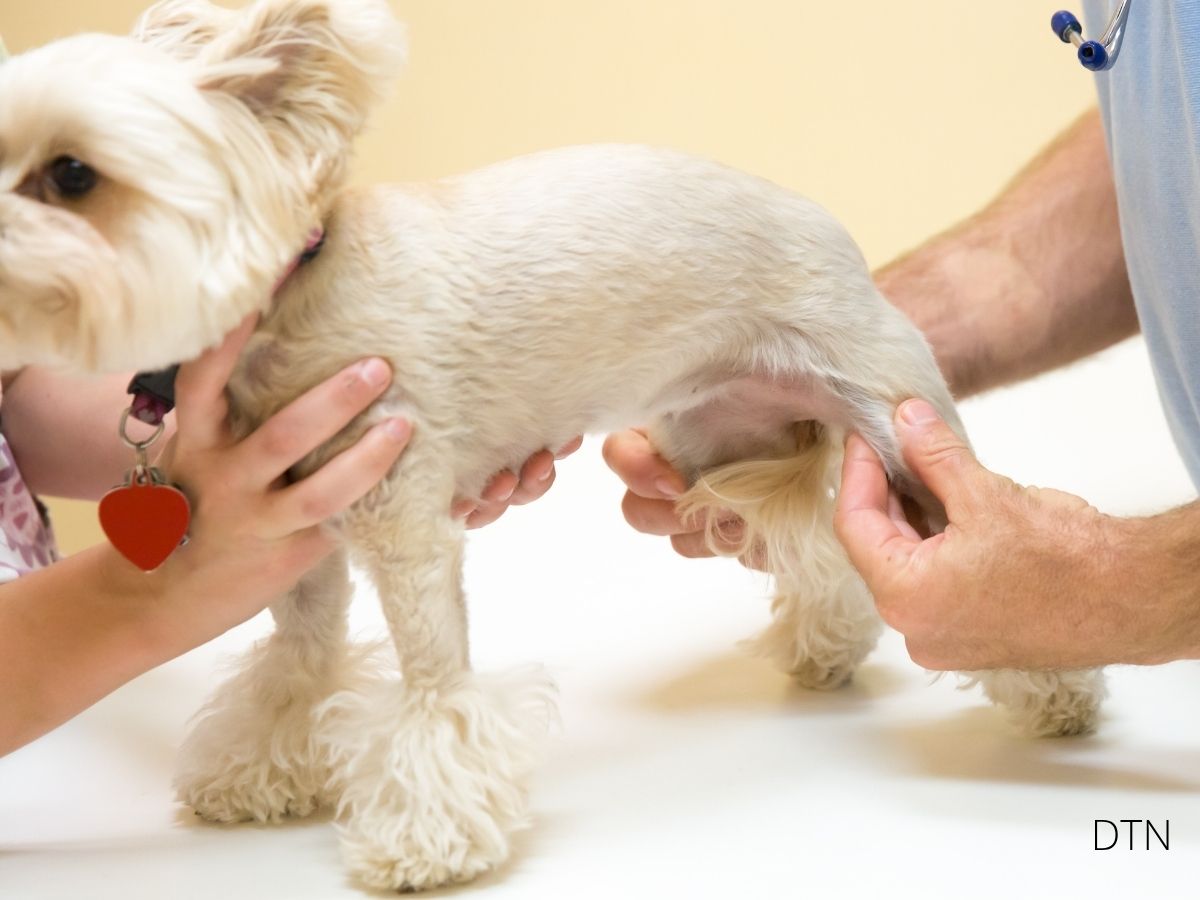Introduction: Understanding Your Travel Companion
The open road calls, and your furry friend’s tail wags with anticipation—or perhaps trembles with uncertainty. Whether you’re planning a cross-country adventure or navigating daily commutes, understanding your dog’s travel needs transforms stressful journeys into bonding opportunities.
Did you know that over 60% of dogs experience travel-related stress? This isn’t just nervousness—it’s a complex neurobiological response involving your dog’s entire body. From elevated cortisol levels to disrupted digestion, travel stress affects every system. Yet with proper understanding and preparation, even the most anxious traveler can learn to embrace adventures. Let us guide you through creating positive travel experiences that strengthen your bond while respecting your dog’s unique needs.
Recognizing and Managing Travel Stress
Understanding Your Dog’s Signals
Every dog communicates travel stress differently. Your normally confident retriever might become a trembling leaf in the car, while your anxious terrier surprises you with road-trip enthusiasm. These responses aren’t random—they’re deeply rooted in your dog’s early experiences and neurobiological makeup.
Common stress indicators include:
- Excessive panting (even in cool temperatures)
- Whining, lip licking, and repetitive yawning
- Drooling, trembling, or pacing
- Digestive upset or loss of bladder control
- Attempting to hide or escape
Research shows that dogs experiencing these behaviors have cortisol levels that can remain elevated for hours after travel ends. But here’s the encouraging part: recognizing these signs early allows for targeted interventions. Your dog’s whining isn’t drama—it’s communication. That excessive drooling signals genuine distress requiring compassionate response.
The Science Behind Travel Anxiety
When your dog perceives travel as threatening, their hypothalamic-pituitary-adrenal (HPA) axis initiates a cascade of stress hormones. This full-body response affects heart rate, blood pressure, immune function, and cognitive processing. Understanding this helps explain why addressing travel stress isn’t just about comfort—it’s about protecting long-term health.
Motion sickness compounds anxiety for many dogs. Their vestibular system struggles to process conflicting sensory inputs—the world moves outside while they remain still inside. This discord triggers nausea separate from emotional stress. Distinguishing between motion sickness and anxiety guides appropriate interventions. Maropitant addresses physical nausea, while behavioral modification targets emotional responses. 🧠
Building Travel Confidence Through Training
Creating Positive Associations
Training your dog for comfortable travel literally rewires their brain. Each positive experience increases dopamine production while reducing cortisol, making future travels progressively easier. The key? Graduated exposure keeping stress below threshold levels where learning occurs.
The systematic approach:
- Stationary comfort: Feed meals in the parked car
- Engine exposure: Short sessions with engine running
- Minimal movement: Backing down driveway and returning
- Short loops: Five-minute drives to positive destinations
- Extended journeys: Gradually increasing duration
This isn’t mere desensitization—it’s neuroplasticity in action. Your dog’s hippocampus begins associating car-related stimuli with positive outcomes. A properly introduced travel crate becomes their mobile sanctuary, providing security through gentle pressure that activates the parasympathetic nervous system.
Nutritional and Supplement Support
The emerging field of nutritional psychiatry offers promising solutions for travel anxiety. Specific nutrients influence neurotransmitter production, potentially transforming your dog’s travel experience at the molecular level.
Evidence-based supplements:
- L-tryptophan: Serotonin precursor promoting calm
- CBD: Reduces stress without sedation
- Alpha-casozepine: Natural anxiolytic from milk protein
- Ginger: Addresses motion sickness naturally
Timing matters: avoid large meals 3-4 hours before travel, but offer light snacks 30 minutes prior to prevent empty stomach nausea. Small, frequent water breaks maintain hydration without overconsumption. These simple adjustments significantly impact comfort. 🐾
A dog teaches a boy fidelity, perseverance, and to turn around three times before lying down.
– Robert Benchley
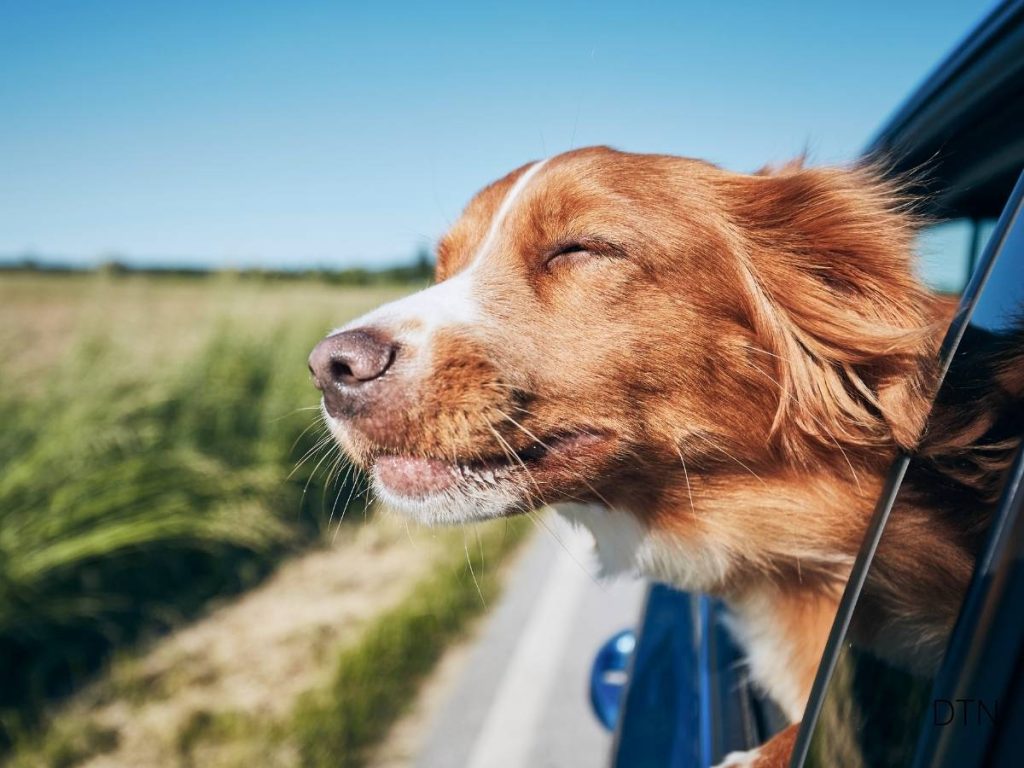
Mode-Specific Travel Strategies
Car Travel Optimization
Cars remain the most common transport method, offering control over environment and schedule. Position matters—dogs facing forward experience less motion sickness. Fresh air circulation prevents stale air accumulation that triggers nausea. Visual horizon access helps their brain process movement.
Strategic rest stops every 2 hours provide more than bathroom breaks. They offer cortisol resets through sniffing (engaging parasympathetic nervous system), movement (releasing muscle tension), and connection time (reinforcing your bond). These breaks prevent stress accumulation where cortisol builds to problematic levels.
Air Travel Realities
Air travel adds complexity through pressure changes, cargo considerations, and strict regulations. At cruising altitude, cabin pressure equals 8,000 feet elevation—causing mild hypoxia symptoms in unacclimated dogs. Brachycephalic breeds face amplified challenges with their compromised airways.
For cabin travel, carrier requirements vary by aircraft type—measure specific dimensions rather than relying on generic guidelines. Cargo travel, while temperature-controlled and pressurized, involves separation stress and ground handling risks. Always book direct flights, avoiding temperature extremes that cause embargo periods.
Public Transport Navigation
Trains often provide the gentlest public transport introduction through rhythmic motion and spacious aisles. European systems generally welcome dogs, while American systems maintain weight restrictions. Bus travel presents closer quarters and limited breaks, requiring extra preparation.
Public transport success tips:
- Exercise beforehand (tired dogs settle easier)
- Position away from aisles (prevents stepping)
- Carry visible cleanup supplies (shows responsibility)
- Respect muzzle requirements regardless of temperament
- Travel off-peak when possible
International Travel Essentials
Documentation and Health Requirements
International travel requires meticulous preparation starting months before departure. Rabies vaccination must occur at least 21 days before travel. Some countries require antibody titer tests taking 4-6 weeks. Health certificates need USDA endorsement within 10 days of travel.
Research quarantine requirements—Australia and New Zealand maintain strict protocols, while EU countries offer exemptions through proper documentation. The EU Pet Passport system simplifies repeated travel within member states, though Brexit complicated UK travel. Each country maintains specific requirements that can change suddenly, making current research essential.
Cultural Considerations
Your dog’s reception varies dramatically worldwide. Northern Europe embraces dogs in restaurants and hotels. Muslim-majority countries may restrict indoor access. Asia shows divided attitudes—Japan loves small dogs while China enforces size restrictions. Research local leash laws, muzzle requirements, and breed restrictions before arrival.
Learn key veterinary phrases in local languages: “My dog needs emergency help” and “Where is the nearest veterinary clinic?” could save precious time during crises. Create translated cards with your dog’s medical history and allergies—laminate for durability. 🧡
Emergency Preparedness
First-Aid Essentials
Your travel first-aid kit must be comprehensive yet portable. Include gauze, self-adhesive wrap, digital thermometer, saline solution, tweezers, Benadryl (pre-calculate dose), and an emergency blanket. Add photos of your dog’s normal gums and posture—these references help communicate changes to unfamiliar veterinarians.
Recognize emergency signs: heatstroke progresses from excessive panting to collapse rapidly. Bloat presents with unsuccessful vomiting attempts and distended abdomen—requiring immediate surgery. Trust your instincts—you know your dog’s normal.
Finding Emergency Care
Before traveling, identify emergency clinics along your route. Save information offline—cell service fails when needed most. Many countries offer veterinary emergency hotlines providing 24/7 guidance. Consider payment methods—international clinics often require immediate payment.
Create emergency contact cards with your dog’s name, microchip number, medical conditions, medications, allergies, and multiple contact numbers. Laminate copies for collar, first-aid kit, vehicle, and wallet. Include accommodation information and translation into local languages.
Special Considerations
Senior Dogs
Aging companions face unique challenges—arthritis makes vehicle vibration painful, cognitive decline causes confusion, and sensory changes reduce travel predictability. Adapt with orthopedic support, frequent breaks, and familiar items providing comfort.
Sometimes the kindest decision involves limiting travel for seniors whose stress outweighs benefit. Alternative solutions like pet sitters preserve quality of life without travel trauma. Your senior dog gave you their best years—honor their limitations with compassion.
Special Needs Dogs
Sensory-impaired dogs can travel successfully with accommodation. Blind dogs need verbal navigation cues and maintained physical contact. Deaf dogs require visual attention and vibrating collars for distance communication. Mobility-impaired dogs benefit from ramps, appropriate surfaces, and modified expectations.
Diabetic dogs need consistent insulin timing despite time zone changes. Epileptic dogs face travel-specific seizure triggers requiring medication vigilance. Service dogs have legal access rights but need decompression time from constant vigilance. Every dog deserves adventures adapted to their abilities. 😊
Recovery and Integration
Post-Travel Adjustment
Travel stress doesn’t end at arrival. Cortisol remains elevated for 48-72 hours, affecting appetite, sleep, and behavior. Dogs experience jet lag—their circadian rhythms need adjustment at roughly one time zone per day. Support recovery through immediate schedule establishment, morning sunlight exposure, and maintained routines.
Behavioral regression is normal—that housetrained dog having accidents isn’t defiant but stressed. Return to basics with patience: frequent bathroom breaks, simplified commands, increased rewards. Most dogs recover baseline behavior within a week.
Supporting Digestive Recovery
Travel disrupts gut microbiome balance through stress, water changes, and schedule disruption. Probiotics help restore beneficial bacteria when administered with meals. Consider bland diet for severe upset, gradually reintroducing regular food over a week. Bone broth provides digestible nutrition while soothing intestinal lining.
Conclusion: Your Journey Together
Creating a confident canine traveler isn’t about forcing adaptation—it’s about understanding your unique dog’s needs and building confidence systematically. Every dog can improve their travel tolerance, though destinations might differ. Your anxious Chihuahua might never enjoy international flights but could love local adventures.
The investment you make in travel preparation pays dividends through deepened trust and shared experiences. Start small, celebrate progress, and remember—success is measured not in miles traveled but in tails wagging at journey’s end.
Ask yourself: Have you identified triggers? Can you recognize stress signals? Are your expectations realistic? Have you prepared for emergencies? The science confirms that patient intervention reshapes stress responses. Your dog’s brain can literally learn new associations, transforming fear into confidence.
Whether crossing continents or visiting the local park, you’re now equipped to make every journey better. Your dog doesn’t need to love travel—they just need to trust that with you beside them, they can handle whatever comes next. That trust builds one positive experience at a time.
Safe travels to you and your furry co-pilot. The road ahead is full of possibility, and you’re ready to navigate it together. 🧡🐾


